The Best Ray-Traced Games You Can Play in 2025
Ray tracing has only been in gaming for a few years, but it’s already changed how we see and experience modern titles. It’s no longer just about turning on extra effects — ray tracing now shapes the entire visual identity of many big games. In 2025, it’s more widespread, stable, and integrated than ever before.
In short, ray tracing is a lighting technique that calculates how light bounces in a scene. It replaces older tricks like baked lighting or cube maps with more realistic, dynamic results. Reflections, shadows, and even colors now react the way they would in real life. The difference can be subtle or dramatic depending on the game, but in many cases, it’s enough to make environments feel more alive.
GameSpot recently listed some of the best games that use ray tracing right now. Many of these titles don’t just include the feature — they build their worlds around it.
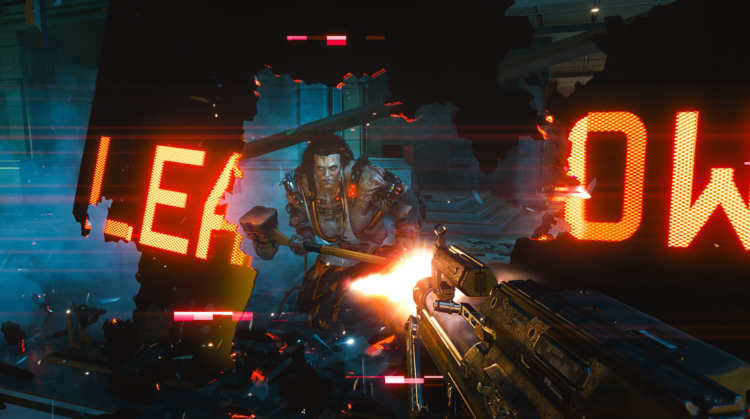
Cyberpunk 2077 still stands as a benchmark. CD Projekt Red went all in with a full suite of ray tracing effects. Night City glows and reflects in a way that feels almost photographic. Overdrive mode even adds path tracing, pushing things even further. It’s hardware-intensive, but if you have a modern GPU, it turns a chaotic world into something dense and believable. Whether you're walking through neon-lit streets or standing still just to admire a puddle, ray tracing adds that extra layer of realism that the game’s dystopian story leans into.

Alan Wake II benefits from ray tracing in a very different way. It’s not about bright cityscapes or glass buildings — it’s all about horror atmosphere. The flashlight in your hand doesn’t just light up the darkness. It interacts with the world, bouncing off wet forest trails and slick pavement. Remedy’s path-traced effects bring out more depth in every flicker and shadow. On PC, especially with the right setup, the results are so detailed they enhance both the immersion and the fear factor.
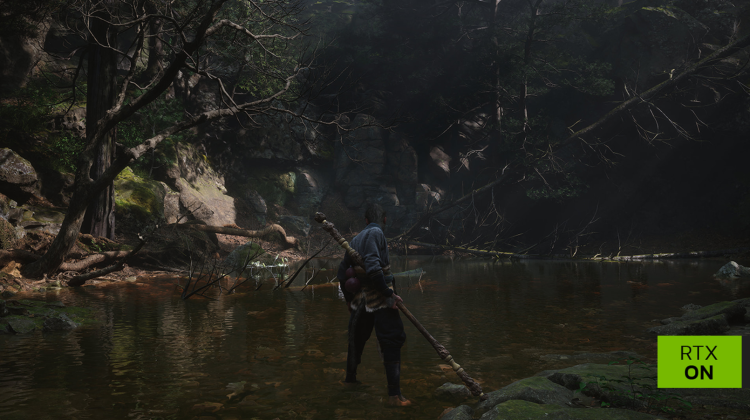
Black Myth: Wukong shows the other end of the spectrum. Instead of gritty cities or horror, it plays in magical forests and snowy mountain peaks. Its implementation of path tracing handles reflections, shadows, and ambient light with accuracy, creating a painterly visual style. Light interacts with snow, water, fur, and clouds in a consistent, believable way. It’s one of the best examples of how ray tracing doesn’t need to be used for realism — it can create surreal worlds, too.
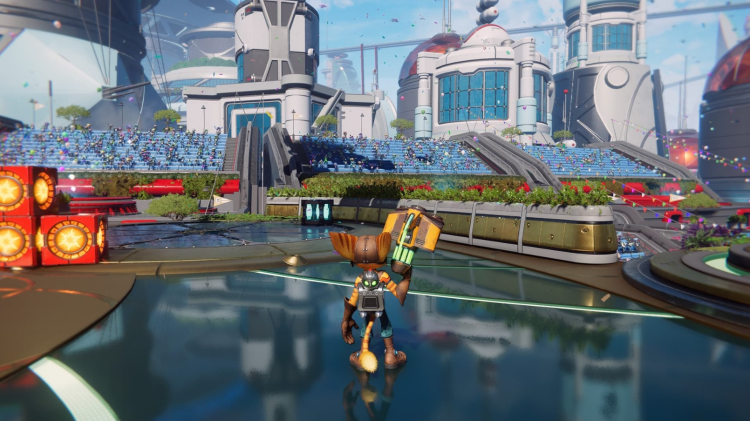
Ratchet and Clank: Rift Apart brings all the color and chaos you’d expect from the franchise. Reflections are the highlight here. Every laser blast and explosion bounces light across shiny surfaces and alien landscapes. You’ll notice it on water, metal, and glass — all reacting differently depending on where you are and what’s going on. For a game already packed with visual flair, ray tracing adds even more punch to every scene.

Indiana Jones and the Great Circle does something few games dare: it makes ray-traced lighting mandatory. Instead of being a toggle, it’s built into the core. From dark catacombs to desert heat, lighting stays consistent and accurate. MachineGames managed to balance visual detail with performance, showing that high-end rendering can work across both consoles and PC without ruining framerates. This shift from “optional feature” to “baseline requirement” could become more common going forward.
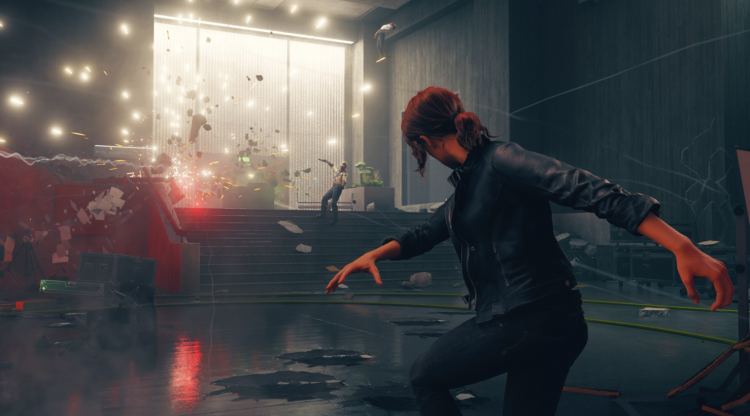
Control, one of the first games to use ray tracing effectively, still holds up. The Oldest House doesn’t scream visual spectacle at first glance — it’s all clean hallways and office glass. But once you turn on ray tracing, the world transforms. Transparent glass shows what’s behind it. Polished floors reflect combat chaos. Light interacts with the brutalist architecture in ways that amplify the game’s strange mood. Even in 2025, Control remains a strong recommendation for testing your hardware and your visual preferences.

Doom: The Dark Ages follows in the same tech footsteps as Indiana Jones. Both use iDTech’s latest engine and treat ray tracing as standard. For Doom, where speed is everything, the challenge was to keep framerates high without cutting back on lighting quality. The result is a medieval world that still feels smooth, fast, and polished. Fire, reflections, and lighting effects keep up with the pace of the combat, adding intensity without distraction.
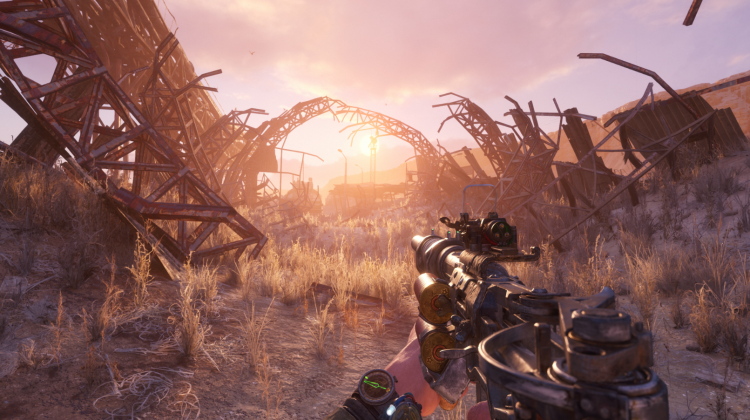
Metro Exodus has always been about atmosphere. The game’s dark tunnels and bleak wastelands look even better with enhanced lighting. The Enhanced Edition made ray tracing its centerpiece, boosting immersion across every environment. Even if you’re just walking through a snowstorm or a ruined metro station, the lighting tells a story. It’s one of the more subtle uses of ray tracing, but it fits the tone of the game perfectly.
Spider-Man 2 benefits from its city setting more than most. With New York’s skyscrapers reflecting every swing and explosion, ray tracing makes a huge difference. Stand still and you’ll see your suit in the windows. Move fast and the reflections catch up with you. Add in rain, fog, and neon lights, and you get a detailed simulation of city life. It’s not just for screenshots — it supports the fantasy of being a superhero in a realistic world.
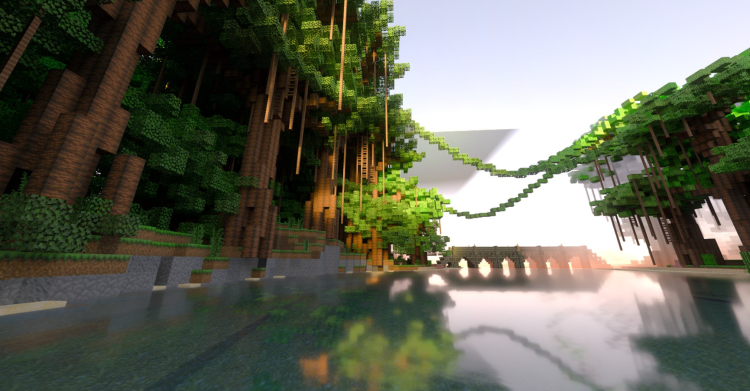
Minecraft may be the most surprising entry on the list. Its blocky style doesn’t scream high-end rendering, but the ray tracing update transforms it completely. Light and shadow behave in ways you’d never expect in a voxel world. Caves feel dangerous because of how light fades into darkness. Sunlight coming through a window hits the floor with real warmth. It’s less of a default way to play and more of a visual experiment, but it shows that even stylized games benefit from good lighting.
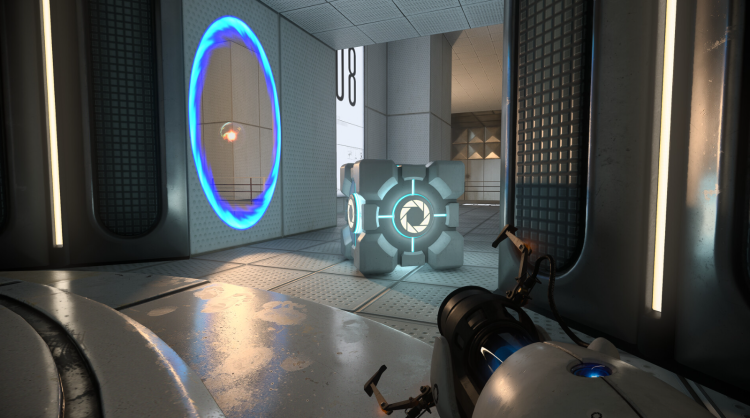
Portal RTX gave Valve’s 2007 classic a new life. Clean white walls, test chambers, and glowing portals all behave differently with ray-traced light. The biggest change is in how the portals themselves reflect light. Instead of just being a gimmick, they now interact with the environment in a more logical way. Light enters and exits them, bouncing accurately across nearby surfaces. If you’re playing on PC, it’s one of the most fun visual reworks you can try.
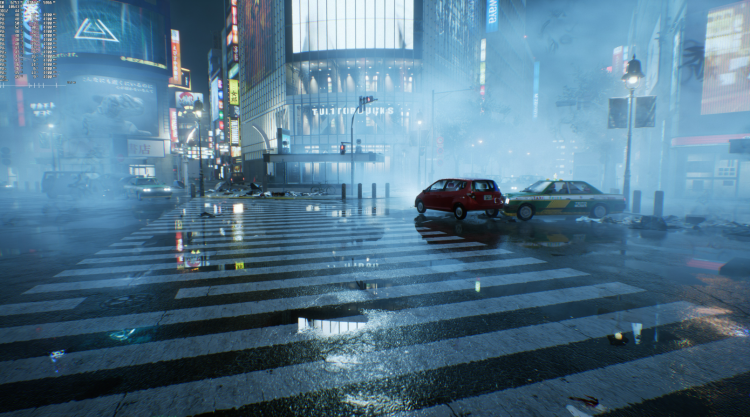
Ghostwire: Tokyo uses weather and neon to show off what ray tracing can do. Every street is covered in rain, and every attack lights up the world in strange colors. The game already had a unique look, but ray tracing adds depth to every street and alley. Reflections in puddles, bright signage, and even ghost effects feel more believable when lighting reacts correctly.
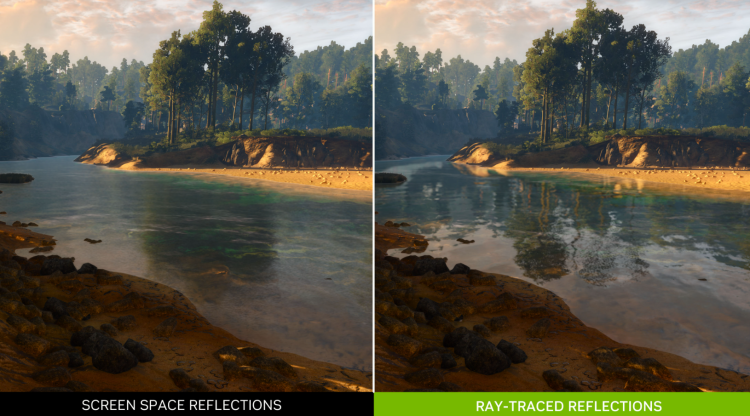
The Witcher 3: Wild Hunt got a ray tracing update long after release, but it’s a meaningful one. While the results aren’t as eye-catching as some newer games, they do enhance sunsets, moonlight, and forest shadows. Toussaint especially looks better with ray-traced global illumination. CD Projekt Red’s work here isn’t as experimental as it was in Cyberpunk, but it gives a ten-year-old RPG a second wind, especially if you’re replaying it on modern hardware.
Grand Theft Auto V also shows how older games can benefit. It’s not a full visual remake, but ray-traced global illumination and reflections make a noticeable difference. The glass-heavy architecture of Los Santos reflects the world around it more convincingly. Lighting feels more natural when driving around at sunset or walking through parking garages. It’s a preview of what Rockstar might do with GTA VI, but for now, it gives longtime fans a reason to revisit a classic.
Ray tracing is still growing. More developers are moving toward full implementations — some even making it a required part of the game. And while performance will always be a consideration, DLSS and other upscaling tech help balance visuals with framerate. We’re reaching a point where ray tracing isn’t just an extra — it’s part of the baseline experience.
Games across all genres are now finding ways to use this tech. Whether it's realism in shooters, mood in horror, or charm in sandbox games, ray tracing adapts to the art direction of each title. That flexibility is what makes it such a valuable tool for modern game design.
In 2025, the best ray-traced games don’t just look better — they feel more immersive, consistent, and complete. If you’re building a new rig, upgrading your GPU, or just want to see what your system can handle, these games are where to start.

Comments